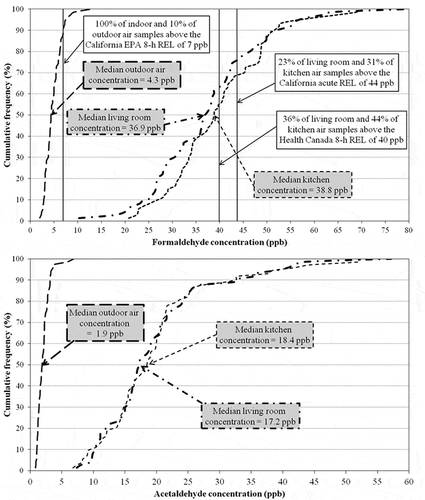Figures & data
Table 1. Participant responses to indoor source and respiratory health-related questions
Table 2. Particulate matter concentrations for the living room, kitchen, and balcony (outdoor)
Figure 1. Concentration vs. indoor/outdoor ratio, PM2.5 (left) and PM10 (right). Circles are nonsmoking units and plus signs are smoking units.
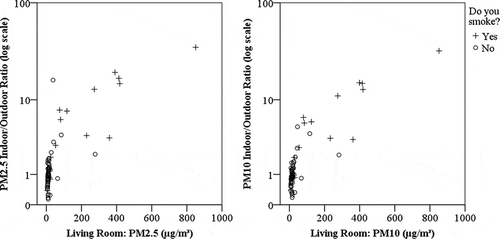
Figure 2. Fine (dashed lines) and coarse (solid black) particle concentrations in the living room, kitchen, and balcony (outdoor) for residents who report they do not smoke (left) and those that report they do smoke (right). Note the differences in scale.
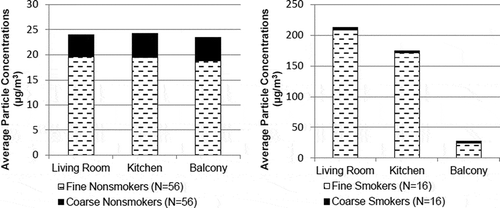
Table 3. Number of units with PM concentrations above and below the EPA National Ambient Air Quality Standards, split by occupant reported smoking habits
Figure 3. PM2.5 (left) and PM10 (right) concentrations (μg/m3), separated by smokers (n = 16) and nonsmokers (n = 56). The bold line within the box indicates the median. The top and bottom of the boxes indicate the 75th and 25th percentiles, respectively. Asterisks and circles denote outliers.
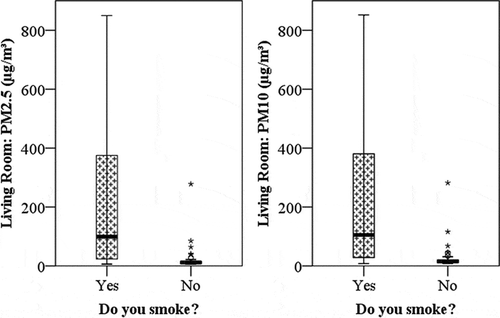
Figure 4. PM10 concentrations and respiratory problems separated by smokers (texture) and nonsmokers (solid black). n indicates the number of samples for each group. The bold line within the box indicates the median. The top and bottom of the boxes indicate the 75th and 25th percentiles, respectively. Asterisks and circles denote outliers.
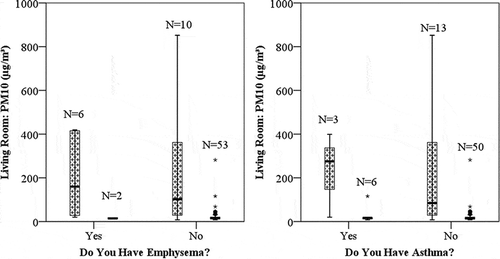
Table 4. Volatile aldehyde concentrations and indoor/outdoor ratios

